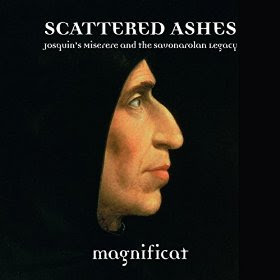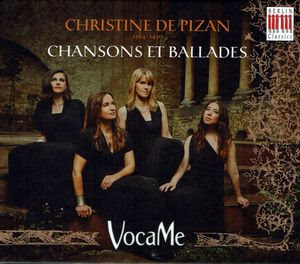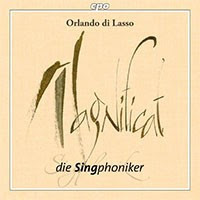Search This Blog
Early music and more by Edward Breen
Where possible, review entries are linked to their original publication.
Posts
Showing posts from March, 2016
Balkan voices and medieval music in the work of Michael Morrow and Musica Reservata
- Get link
- X
- Other Apps
Christine de Pizan: Chansons et Ballades
- Get link
- X
- Other Apps



